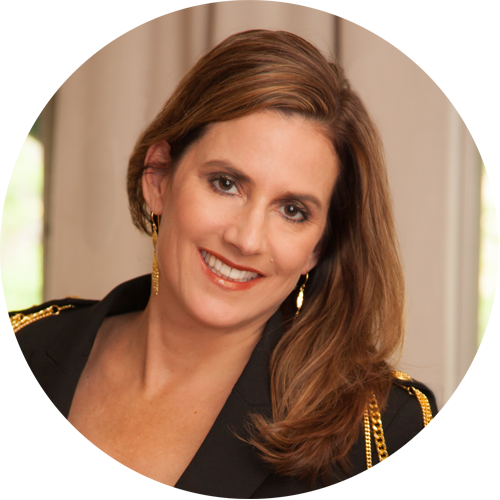Between online consignment, flash sale sites, social media and the rest of the internet, it can be difficult to keep a client from purchasing items on their own. And despite their best intentions, it can often lead to more complications for the designer. So we asked five seasoned pros—Jen Dallas, Ashley Gallion, Tanya Paz, Amy Youngblood and Lesley Ray—how they handle clients who want to buy for a project.

Contract To Fit
“I find that the clients who want to find things for their own home are the clients I love to serve. They take pride in their home and what we are creating together. That said, I think it is key to establish a unique vision for every project we do. It helps both my team and the client make good decisions along the way. So if a client shares something and the item is not supporting the vision, I will revisit the vision and share why [the item] doesn’t work. I also know from experience that if we have a strong vision from the beginning, it helps deepen the client’s trust in our process. In regard to buying something on their own, I feel that part of my job is educating clients on the style of their home. That gets clients excited about the process and makes them want to put their own stamp on what we are doing. I have had repeat clients find a set of dining chairs that we had wanted for their home, and they will review the chairs with me first and make sure I agree with the direction before buying the chairs through their personal relationship with an auction house. I find my clients are respectful of my sourcing and contacts. When the contract is clear, there is no confusion on markup, etc. I think when you shed a nickel-and-dime mindset, it not only serves the client, but the designer too. They know you are there to serve them, and you both want the best look for the house.” —Jen Dallas, Jen Dallas Interiors, Santa Monica, California

Leave It To The Pro
“While I like my clients to give their own input for inspiration, I prefer to have the opportunity to be creative and make the final design decisions. We welcome inspiration pictures that provide insight into what a client likes and the styles they are drawn to, because I can then use them when designing. Having freedom to make the decisions myself allows me to design a room that is not only beautiful, but cohesive as well.” —Ashley Gallion, Shoppe Ayer, Montgomery, Alabama

Rogue Client Management
“In our client agreements, we always include purchasing or procurement as an optional phase. Our design services end with furniture and product specifications, which the client can take and purchase themselves, or we can purchase on their behalf. As the industry [evolves], we believe designers should be compensated for their services, which include the selection of products. This has proven to be a better business model for our studio, while also allowing clients to trust our guidance, as we do not have financial incentives to specify particular products. That said, we start all our engagements with a clear vision that guides our decisions and process. When a client truly goes rogue, we revisit these shared project values and discuss openly how that item contributes—or detracts—from our goals. Often, for our team, this is a matter of scale versus style. For instance, if a client has fallen in love with a sofa that is too large for the space, we will produce drawings and 3D views to demonstrate how the size of an object [can] impact the overall experience of a space. We also love for our projects to have some flair brought in by our clients’ passions or heirlooms—it makes the space uniquely theirs. This even includes a nook we created for a porcupine taxidermy [in one project].” —Tanya Paz, TAP Studio, Los Angeles

Draw The Line
“This can be a difficult situation that I know has occurred with most designers. We try to root out this potential issue by asking on our initial website contact form whether or not the prospective client plans to purchase through us or buy items on their own. If they answer that they simply want ideas or direction, we typically don’t take on the project. We explain that in order to ensure the most beautiful and functional result, it’s necessary that the client use our custom sources and design. After explaining this, clients often change their mind and we continue to discuss the possibility of working together. In the case where a client is already working with us, I don’t mind if they buy something smaller, like an accessory for their space—that’s something we can likely work with. But for anything larger like furniture, we give them the same explanation [about why using our sources ensures the best result].” —Amy Youngblood, Amy Youngblood Interiors, Cincinnati

Time Is Money
“When it comes to the client buying something we specified, likes finishes or fixtures, we try to explain that it will likely end up costing them more money if they purchase it themselves. For example, the client might want to purchase a shower fixture they like, but not know to order a corresponding rough-in. Because rough-in installation needs to happen before final fixture installation, the contractor ends up waiting on the new rough-in to arrive, which delays construction and ends up costing the client more money.” —Lesley Ray, Lesley Ray Design, San Francisco
Homepage image: Tanya Paz warms up this Los Angeles space with leather seating and a desert-inspired color scheme | Courtesy of TAP Studio




























